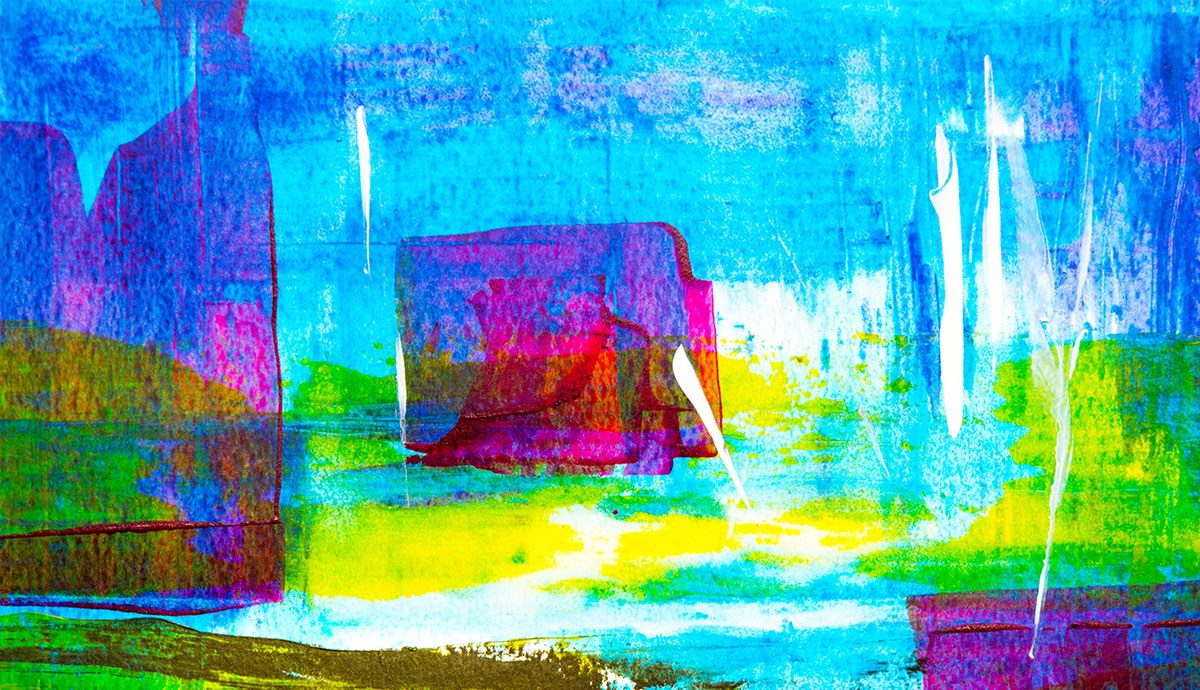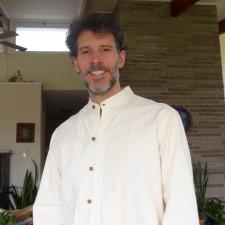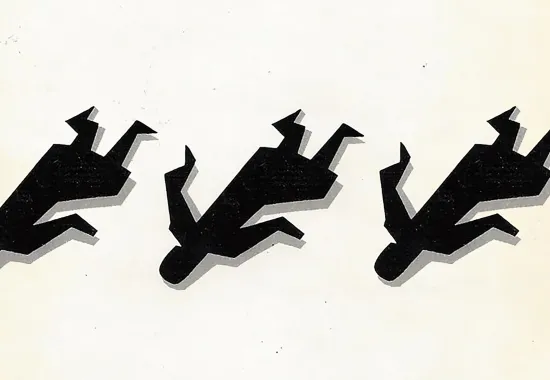Inspiration for “My Own Lost Mexico” and “Return of the Lost Son”
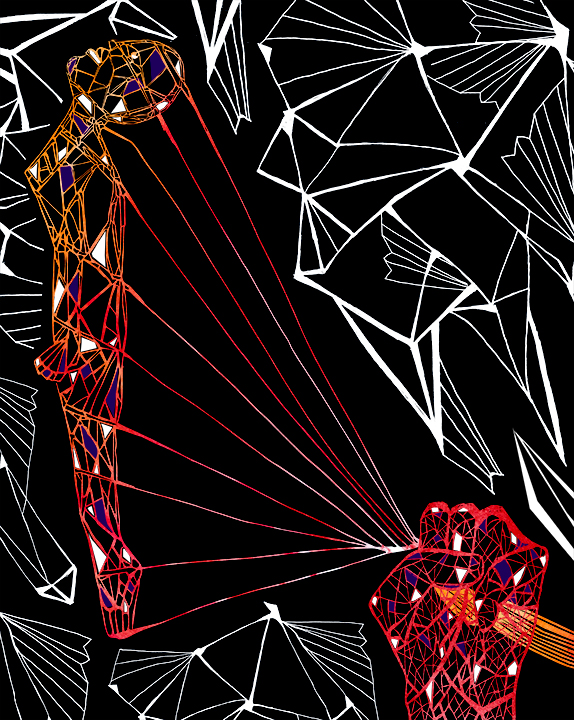
I wrote my first book manuscript, Return of the Lost Son, in nine years over a fifteen-year period. It’s a memoir of my father’s life told through an ensemble of characters. I began writing the book in Mexico City in 2000. I was 28 years old, living in Mexico for a stay of six months, with my wife, Jennifer Jolly, an art historian. We had traveled to Mexico one or two times, previously, for about a week. In “My Own Lost Mexico,” I wrote about those first pressing questions about family, my father, and memory that came to me there.
I was fascinated by the uneasy path one takes to turn personal experience into narrative so it can be remembered and shared with others. Much of my book Return of the Lost Son, however, takes place in upstate New York and Texas. In “My Own Lost Mexico” I wanted to acknowledge the important place of Mexico—its particular struggles and triumphs, its layers of archeology and peoples—in prodding me to write the story.
Furthermore, I was fascinated by writer’s block, an idea which for me meant those layers of personal archeology and memory lying beneath the surface of consciousness, waiting for articulation and discovery. As a person, not a writer, I knew the artifacts were there, the question was how to dig them out without damaging them, losing them, or forgetting where they came from. The essay plays with the idea that the basic “moves” of writing—scenic construction, dialogue, and so on—have to be learned as you go and as you make the discoveries. Finally, writer’s block, for me, suggested the digression and play that can occur in writing. I love the idea that you can set out on a journey and not know where you are going or where you might end up. I’m that kind of writer.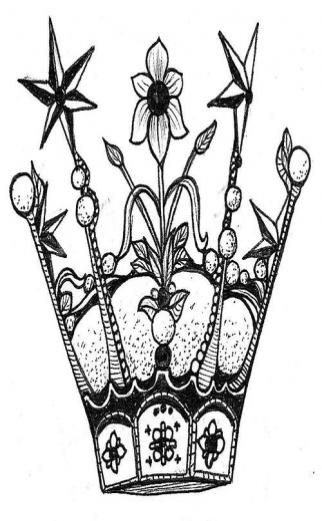
The essay “Return of the Lost Son” is rooted in upstate New York and Texas. Some of the scenes—the telephone call from my half sister Alexis, for example—were the first ones I wrote, when I was in my twenties. Much of the rest of the structure—the idea of starting with the car ride, and providing clear details about the final “arrival” in Austin—I wrote more than ten years later.
The two essays “Return of the Lost Son” and “My Own Lost Mexico” are very much a pair. To have them published, sixteen years after the seed was planted to write them is a personal pleasure. I am not sure I manage to articulate how big.
I’d like to make one additional comment about the place of memory and imagination in sorting through experience and drawing together a narrative. “Return” is very much a story about recovering memory. It’s about the healing process that takes place as one digs, sorts, and labels. Today I am much more aware of how at first I restricted myself to certain kinds of visual imagery, to make the “illusion” of the writing seem more realistic. I wanted my writing to seem undeniably realistic, true, factual, and objective—as if that could somehow counteract the damages of my father’s Alzheimer’s. But the imaginary pressed in.
Today I continue to work on integrating flights of the imagination into what I call, in this moment, realistic memoir. Let me describe my most recent book project:
Day by day, a father, forty-three, with eight-year-old twin boys and an ordinary job, is trying to keep his marriage and household together. And he seems to think he is a freelance intelligence agent working for the government. It’s as if James Bond, Britain’s top agent, has met Dr. Sears, the renowned provider of parenting advice. Meanwhile, his ambitious, working wife, Katherine, is trying to keep him from slipping over the edge.
Despite the imaginative departures, this above manuscript is anchored as memoir. It is my second finished book manuscript. I was in the process of seeking an agent or publisher for my first book when the spirit moved me to write a second book. Therefore, I’ve been spending most of my artistic energy writing rather than seeking a publisher. On the upside, I now have two completed manuscripts, the start of a coherent body of work. (Truth be told, I have started my third book, and have an outline for a fourth. I’ve accepted that I am one of those people who must do something creative. But that’s for another time.)
In the past, I have worked with the editor Joanne Hindman, who has lived in Tompkins County, New York for longer than I have, in Brooktondale. With her help, I published an essay in Stone Canoe in 2014; this essay won the S.I. Newhouse School Prize for Creative Nonfiction.
I am working with Ms. Hindman again as a development editor for my new book. Once this work is done, I will then be presenting myself to publishers as a writer with two, compelling completed book manuscripts, each with a coherent relationship to the other, with two more on the way.
As a writer, I am interested in themes of memory loss, mental illness, marital stress, and death—as well as love, families, virtue, and connection. I see myself as trying to give a voice and strength to people who feel disintegration and incoherence. Please share in my enjoyment as my new work comes into the world.
Illustrations by Jackie O’Brien. She is a problem solver, who enjoys to draw. She’s passionate, and brings her enthusiasm to all.
Recommended
A Behind the Scenes Look at Art Selection and Cover Design for the NAR
“Doubling and the Intelligent Mistake in Georges Simenon’s Maigret’s Madwoman”
What the Birds Showed My Wounded Child, My Adaptive Adolescent, & My Wise Adult


